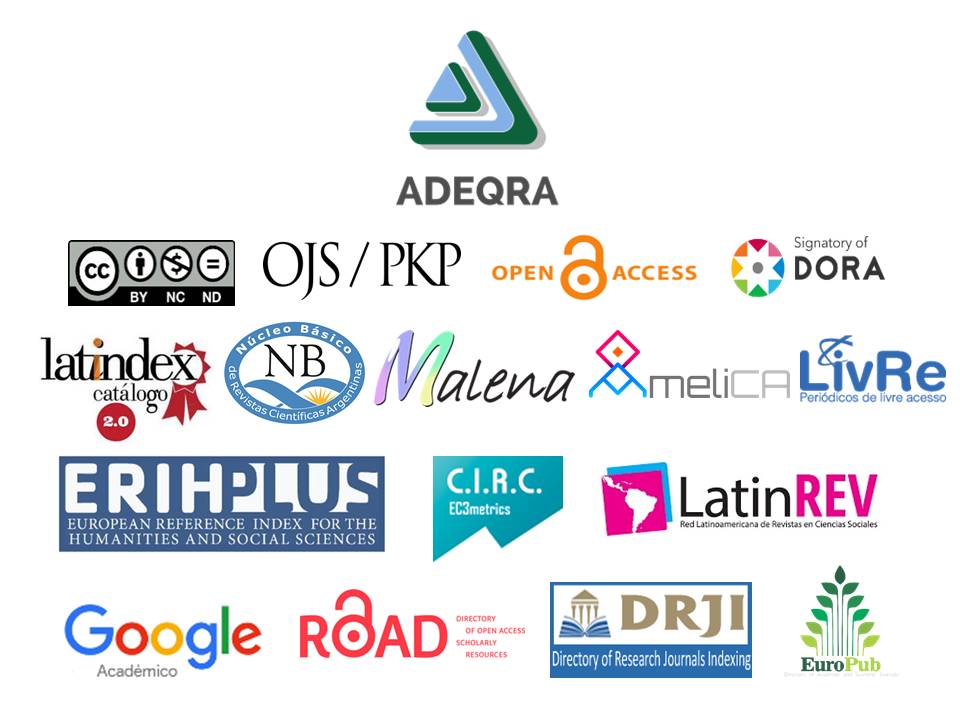How can acid-base simulations be of help? Detection of learning difficulties and possible teaching sequences
Keywords:
chemistry teaching, acid-base titrations, simulations, sequenceAbstract
This paper discusses certain issues related to the use of simulations in the teaching of acid-base titrations topic. It also shows results of two activities carried out with first year university students: (1) alternative evaluation of acid-base titrations topic through a simulation and (2) reformulation actvity of a problem or verification of the results of a simulation. In order to overcome the observed difficulties a third activity was carried on consisting of: (3) selection of simulations and creation of a teaching sequence for the acid-base titration topic.
References
Andersson, B. (1990). Pupils` conceptions of matter and its transformation. Studies in Science Education, 18, 53-85.
Burbules, N. C. (2008). Riesgos y promesas de las TIC en la educación.¿Qué hemos aprendido en estos últimos diez años? En: J. C. Tedescoy otros, Las TIC: del aula a la agenda política (pp. 31-40). Buenos Aires: UNESCO
Chang, K. E., Chen, Y. L., Lin, H. Y. y Sung, Y. T. (2008). Effects of learning support in simulation-based physics learning. Computers & Education, 51(4), 1486–1498.
Lion, C. (2006). El tecnoconocimiento. En C. Lion, Imaginar con tecnologías. Relaciones entre tecnología y conocimiento (pp. 85-102). Buenos Aires: Editorial Stella, Ediciones La Crujía.
Machková, V. y Bílek, M. (2013). Didactic analysis of the web acid-base titration simulations applied in pre-graduate chemistry teachers education. Journal of Baltic Science Education, 12(6), 829-839.
Martinez-Jimenez, P., Pontes-Pedrajas, A., Polo, J. y Climent-Bellido, M. S. (2003). Learning in chemistry with virtual laboratories. Journal of Chemical Education, 80(3), 346–352.
Nurrenbern, S. y Pickering, M. (1987). Concept learning versus problem solving: is there a difference? Journal of Chemical Education, 64(6), 508-510.
Raviolo, A. (2012). Re-creando simulaciones con la hoja de cálculo. Educación Química, 23(1), 11-15.
Raviolo, A. y Farré, A. (2017). Una evaluación alternativa del tema titulación ácido-base a través de una simulación. Educación Química, en prensa.
Redecker, C. y Johannessen, Ø. Changing Assessment -Towards a New Assessment Paradigm Using ICT. European Journal of Education, 48(1), 2013.
Rutten, N., van Joolingen, W. R. y van der Veen, J. T. (2011). The learning effects of computer simulations in science education. Computers & Education, 58(1), 136-153.
Sheppard, K. (2006). High school students` understanding of titrations and related acid-base phenomena. Chemistry Education Research and Practice, 7(1), 32-45.
Talanquer, V. (2014). Simulaciones computacionales para explorar y construir modelos. Alambique, 76, 8-16.
Winberg, T. M. y Berg, C. A. (2007). Students’ cognitive focus during a chemistry laboratory exercise: effects of a computer-simulated prelab. Journal of Research in Science Teaching, 44(8), 1108–1133.
Downloads
Published
How to Cite
Issue
Section
License

This work is licensed under a Creative Commons Attribution-NonCommercial-NoDerivatives 4.0 International License.



